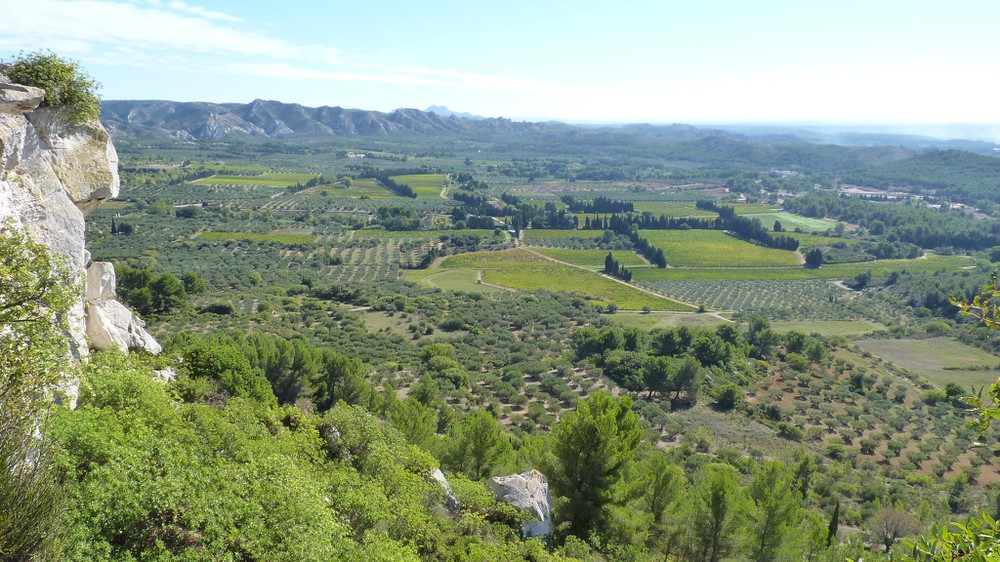
Rembrandt van Rijn
Rembrandt van Rijn is widely regarded as the preeminent master of the Dutch Golden Age, which spanned the 17th century. He is remembered for his acute observations of daily life, as well as the ability to translate settings, figures, light, and the surroundings of his subjects with such intensity that his paintings are not only realistic, but also relatable. Unlike most of his contemporaries, Rembrandt did not specialize in a specific painting subject and was prolific in biblical and mythological narratives, self-portraits, commissioned portraits, landscapes, still lifes, and animal studies. Along with a mastery of form, his works are characterized by chiaroscuro—dramatic lighting that can create vivid contrasts and engender emotion. He even added the “d” to his given name “Rembrant” to brand himself as a master of light play: in Dutch, “rem” means “obstruct” and “brandt” means “light.” Although he studied Italian Renaissance masters, Rembrandt did not idealize his images—when he painted depressing scenes of destruction, homelessness, and even himself, he detailed wrinkles, dirt, and the invisible weight on the shoulders of the pathetic.
Editorial (12)

The Love of Rembrandt’s Life
This month, we’ll be featuring Summer of Love, a four-part series on artists who painted the same individual—over and over a…

"Not in Good Taste": The Birth of Baroque
(Want to explore the history of other movements, styles, and schools? Check out our series.)…

The Insider’s Guide to Art in the South of France
Imported palm trees. Whispers about Brigitte Bardot and Audrey Hepburn. Buttery croissants. If you’re visiting the South of…
Playlists (32)



Rembrandt's Portraits of Saskia van Uylenburgh



The Crown Jewels of Baroque Art
Related artists

Johannes Vermeer
Dutch, 1632–1675
Frans Hals
Dutch, 1580–1666